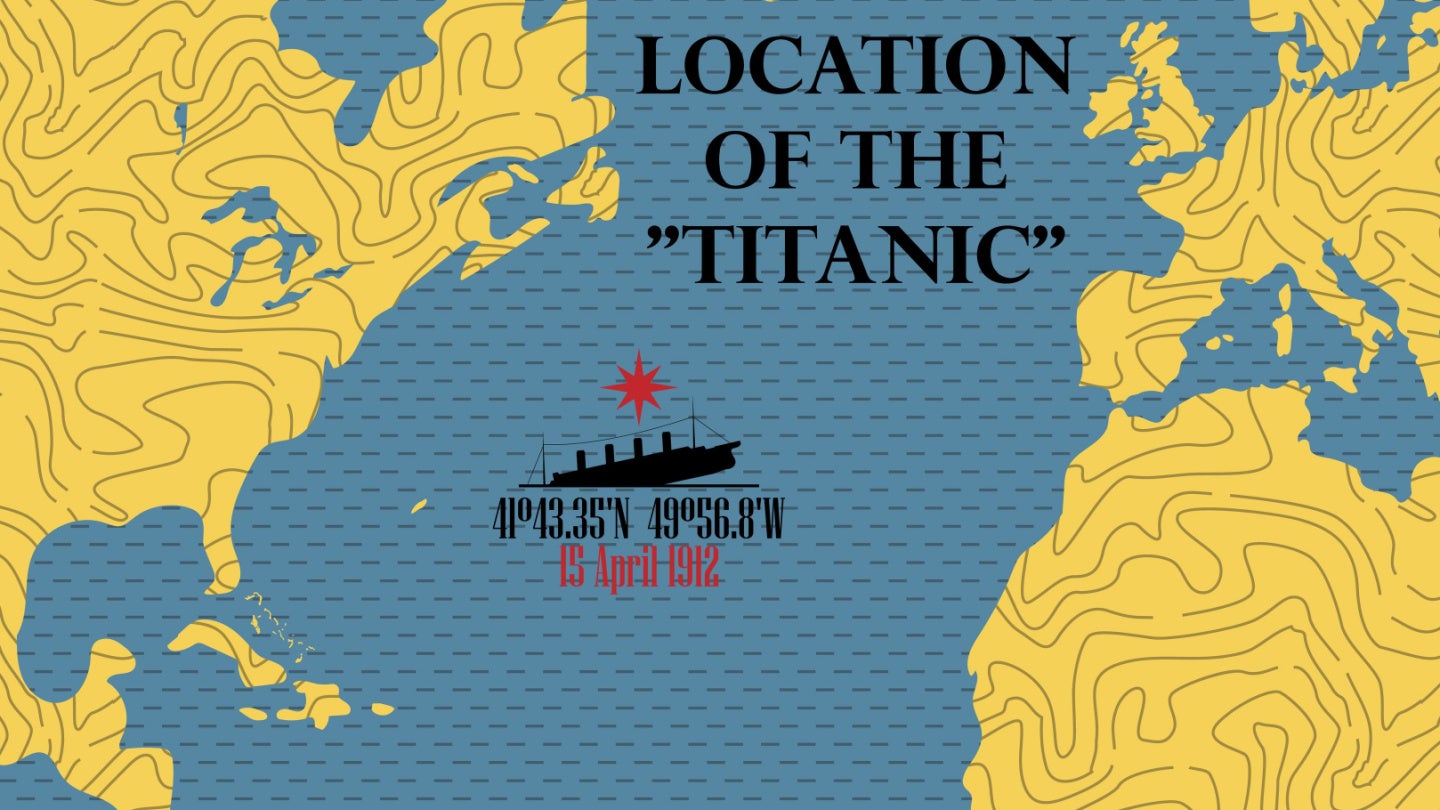Over 110 years after the infamous disaster, scientists are closer than ever to discovering exactly what happened aboard the Titanic on that fateful night in the North Atlantic Ocean.
While there is already broad agreement on the events that led up to the disastrous sinking, thanks to eyewitness accounts and previous investigations of the wreck, state-of-the-art digital twin technology will allow researchers to uncover the finer details for the first time.

Access deeper industry intelligence
Experience unmatched clarity with a single platform that combines unique data, AI, and human expertise.
The Titanic twin
Using scans of the wreckage—both of the mostly intact bow and the destroyed stern of the ship—scientists have built an extremely detailed digital twin of the wreckage.
This technology, developed by deep water specialists Magellan and Atlantic Productions (which is making a documentary about the project), allows experts to examine the wreck right down to the smallest details, thanks to the sheer volume of data collected. Magellan founder Richard Parkinson has stated that around 715,000 images and almost 16 terabytes of data were collected during a six-week expedition in the summer of 2022. Images were taken from every possible angle to build an extremely high-resolution twin of the ship.
Parks Stephenson, a Titanic expert who has studied the ship for more than 20 years, described the technology as a “game-changer.” He has questioned the idea that the ship struck the iceberg on the starboard side, as seen in the iconic film and first suggested in 1912. He hopes this reconstruction will bring researchers closer to discovering the truth. He said, “There is still much to learn from the wreck, which is essentially the last surviving eyewitness to the disaster,” adding that the ship still “has stories to tell.”
Unprecedented detail
The deep-sea conditions have always hindered investigations and research around the wreck of the Titanic. Several explorers (including James Cameron, director of the blockbuster film) have journeyed almost two and a half miles down to the wreck. However, they could only see a few meters in front of them due to the lack of light, not to mention the intense pressure at such a depth. This digital twin removes the water and shines a light on the remains, allowing researchers an unfathomable level of access, right down to the screws and rivets on the hull.

US Tariffs are shifting - will you react or anticipate?
Don’t let policy changes catch you off guard. Stay proactive with real-time data and expert analysis.
By GlobalDataSmall details have already been discovered, including clothes and personal items of travellers, unopened bottles of champagne, and a small serial numbered etched into one of the propellers. According to the CEO of Atlantic Productions, Antony Geffen, “literally week by week, there are new findings.” As a next step, there are plans to use AI to try and match these buried items with their previous owners to uncover the personal stories of those aboard the liner.
Preserving the memory of Titanic
A piece about the new digital twin on BBC News raised a point about how this new expedition might be considered “intrusive” by relatives of the victims and how many would prefer to leave the site as an untouched grave for the lost passengers. Geffen claims that the study is completely “non-intrusive” and does not even touch or come near the wreckage. As a sign of respect, the 2022 expedition included a flower-laying ceremony to remember those who lost their lives.
But this raises the question of how soon is too soon. As Geffen points out, any human remains from passengers on the Titanic have long since disappeared from the wreckage site in the 111 years since the disaster. And the utmost care has been taken to preserve the integrity of the wreckage and remember the 1,500 people that lost their lives.
Ultimately, the wreckage will not remain forever. It is in remarkably good shape thanks to its depth, but parts of it are disappearing—thanks to metal-eating bacteria and human interference. Current estimates predict that the wreck could vanish within decades. As a result, technology like Magellan’s digital twin will preserve the site for future generations, allowing research to continue long after the ship itself no longer has any stories left to tell.
Digital twin possibilities
The possibilities of digital twin technology are exciting. It could help piece together the details of other disasters, maritime and otherwise, and similar technology has already been used to reconstruct Notre Dame Cathedral after the 2019 fire that destroyed a portion of its roof and spire.
Digital twin technology can also be used to avoid disaster, from testing satellites before they are launched to predicting the adverse effects of the climate crisis. Nothing lasts forever, but technology like this will ensure a detailed record remains.








